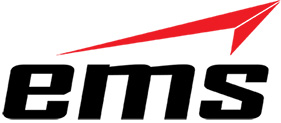 R&H i.e. Rhythm and Hues is one of the largest and world-famous visual effects studio companies of the film industry. This time, R&H visual effects studio has completed most of its VFX shots featured in one of the 3D adventurous drama films named Life of Pi. This studio has hired the service of 3D Scanning bureau of Taiwan named LeaderTek. In this way, R&H studio has availed the benefits of the power of 3dimensional data capture for making different types and amazing special effects in the movies.
R&H i.e. Rhythm and Hues is one of the largest and world-famous visual effects studio companies of the film industry. This time, R&H visual effects studio has completed most of its VFX shots featured in one of the 3D adventurous drama films named Life of Pi. This studio has hired the service of 3D Scanning bureau of Taiwan named LeaderTek. In this way, R&H studio has availed the benefits of the power of 3dimensional data capture for making different types and amazing special effects in the movies.
Direction of the Movie ‘Life of Pi’
Ang Lee, winner of the Academy Award is responsible for directing the movie of Life of Pi. The entire movie has drawn upon big team of renowned artists spanning the offices of R&H in approximately six different places of the world. These include India, Los Angeles, Taiwan, Vancouver and Kuala Lampur. R&H studio has taken the responsibility of covering more than hundreds of shots of visual effects to be presented in 3dimensional stereo.
Special Effects Shots in the Movie
Some of the special effects shots may include digitally recreated skies and water, Bengal tiger, floating raft, lifeboat, Meerkat Island, digitally created skies and water and several other additional features. LeaderTek used 3D laser scanner of FARO Focus for digitally capturing the floating raft and lifeboat.





